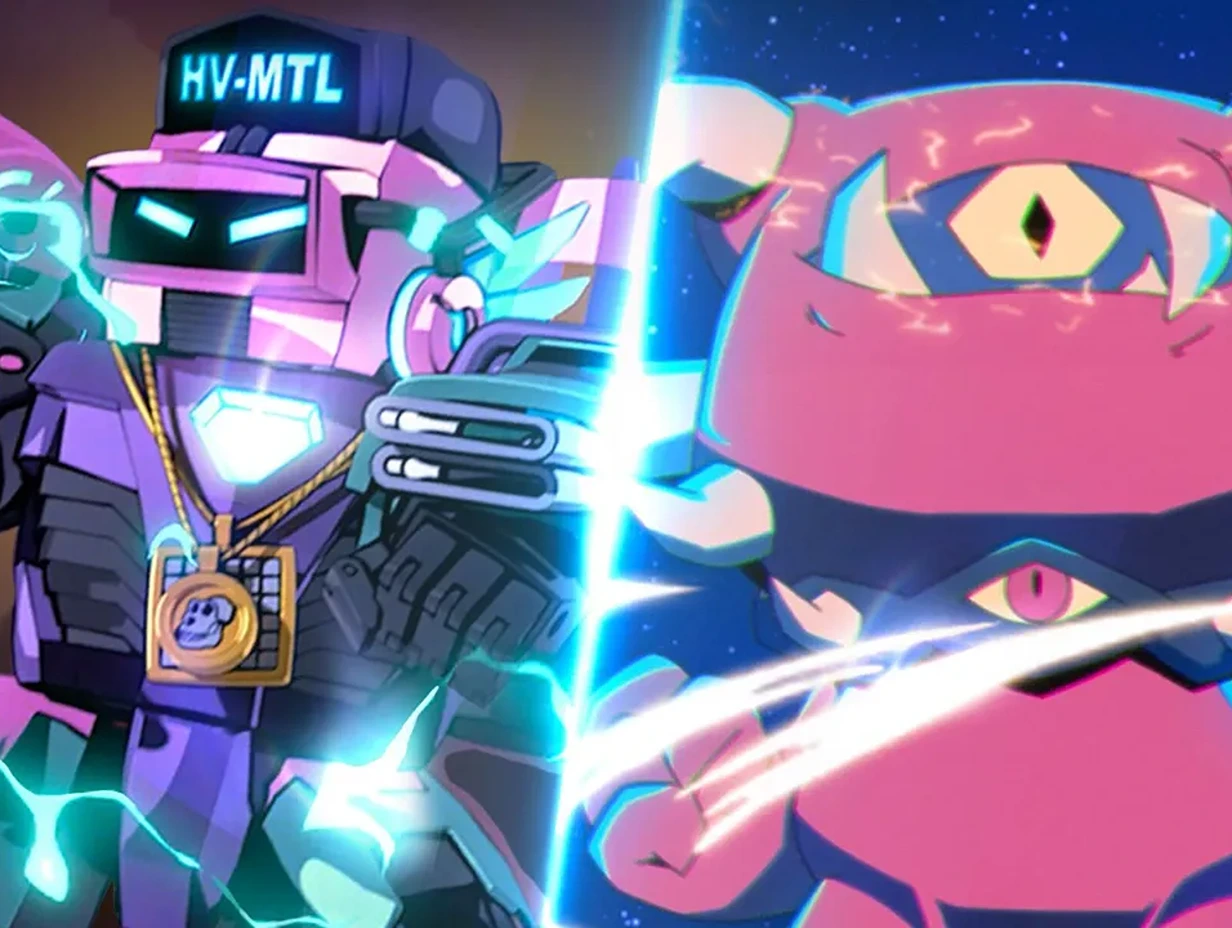Hollywood, the veritable symbol of the American film and television industry, currently stands on shaky ground. The wheels of production grind to a halt as actors unite with screenwriters, signaling the first dual labor strike in over six decades.
This widespread industrial action comes hot on the heels of an impasse in negotiations with major film studios, threatening to plunge Hollywood into uncharted territory.
A strike in Hollywood: A last resort
The Screen Actors Guild‐American Federation of Television and Radio Artists (SAG-AFTRA), an organization representing more than 160,000 Hollywood actors and television professionals, has thrown its weight behind the strike.
The union’s call for collective action came after contract negotiations reached a stalemate.
The move paints a bleak picture, with Hollywood’s normal hum of activity expected to skid to a standstill, dealing a blow to the industry which was gearing up to celebrate the first full run of summer movies since the pre-pandemic year of 2019.
The fallout from the strike is expected to reverberate across Hollywood, casting a shadow over promotional activities for upcoming films such as “Barbie” and “Oppenheimer.”
This level of coordinated action echoes back to the historic walkout in 1960, a dispute against television networks over film compensation, dating back to when the late Ronald Reagan presided over the Screen Actors Guild, the precursor to SAG-AFTRA.
The core issues
The last few weeks have seen intense discussions between Hollywood’s largest union and an array of studios and streaming services. A central point of contention revolves around compensation for actors’ “digital doubles” through artificial intelligence technology.
Despite extensions on the expiry date of the previous contract, talks reached an impasse by July 12. Hollywood studios have been accused of not adequately addressing key issues, leading to a breakdown in talks.
The union’s leadership lamented the studios’ refusal to recognize how substantial shifts in the industry’s landscape and economic conditions have adversely affected labor. Notably, the last significant actors’ strike unfolded in 1980.
The deadlock centers around the same contentious issues that prompted writers to walk off the job. Compensation regulations for films sold to streaming services and contractual protections concerning AI use in films and TV have proven to be divisive topics.
Industry leaders have expressed concern over the potential implications of the strike. The Alliance of Motion Picture and Television Producers warned that the union’s decision could result in financial distress for countless individuals reliant on the industry.
Echoing these sentiments, Disney CEO Bob Iger referred to the ongoing strike as a devastating blow to the industry’s recovery from the pandemic-induced slump.
As a show of solidarity, over 300 Hollywood stars, including Jennifer Lawrence and Meryl Streep, have penned an open letter backing potential strike action.
The letter underscores the perceived erosion of wages, craft, creative freedom, and union power in the past decade, calling for a reversal of these trends. This sentiment is widely shared among the union’s members, with 98% of voting SAG-AFTRA members supporting potential strike action.
As the stage is set for a potentially crippling labor strike, the question remains: Is Hollywood on the brink of a significant crash? Only time will reveal the full impact of this unprecedented moment in the annals of Hollywood history.






